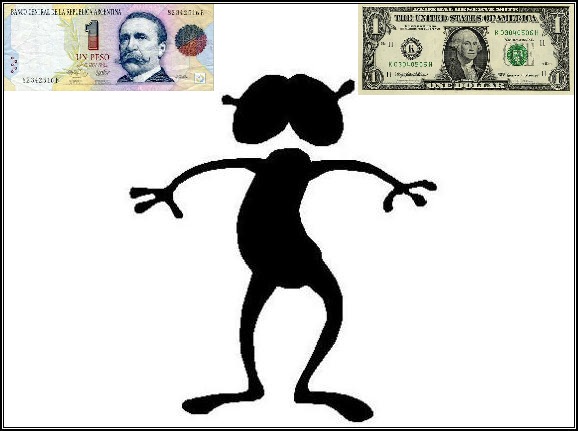
The devaluation of the Brazilian real has prompted President Carlos Menem of Argentina to advocate the dollarization of his country’s economy. That radical move is intended to further ensure that the currency Argentina uses is stable and convertible.
Currency convertibility is a simple concept. It means residents and non-residents of a country are able to exchange domestic currency for foreign currency. However, there are many degrees of convertibility, reflecting the extent to which governments impose controls on the exchange and use of currency. When convertibility is restricted, financial risk increases, and so the risk-adjusted interest rate employed to value assets is higher than it would be with full convertibility. That is because property is held hostage and subject to a potential ransom through expropriation. As a result investors are willing to pay less for each dollar of prospective income and the value of property is less than it would be with full convertibility.
Therefore, investors become justifiably nervous when it seems a government is considering the imposition of exchange controls. At this point, settled money becomes “hot” and capital flight occurs. Asset owners liquidate their property and get out while the getting is good. Contrary to popular wisdom, restrictions on convertibility do not retard capital flight; they promote it.
As we enter the 21st century, globalization (the liberalization of financial and trade flows) is threatened. Volatile hot money flows are identified as the problem and exchange controls as the remedy. This prescription, which is based on a wrongheaded diagnosis, will lead to monetary nationalism and the type of economic chaos the world encountered after World War I. The only way to avoid such a disaster is for developing countries to unify their currencies with stronger ones. That can be accomplished either by establishing a currency board system — as Argentina did in 1991 — or by replacing a national currency with a strong foreign currency (official dollarization).
With the failure of pegged and floating rates in Asia, Russia and Brazil, the tide has begun to shift.
An orthodox currency board is a monetary institution that issues notes and coins fully backed by a foreign reserve currency, and convertible into the reserve currency at a fixed exchange rate on demand. In addition, an orthodox currency board cannot act as a lender of last resort and does not regulate reserve requirements for commercial banks; it only earns seignorage from interest on reserves and does not engage in forward-exchange transactions.
Currency board systems, however, are not completely trouble free. For example, even though Argentina weathered the storms of 1995, the spread between interest rates on Argentine 30-day loans in pesos and dollars has varied between 0.5 percentage points and 4.4 percentage points during the past year. If the peso-dollar fixed exchange rate was perfectly credible, those spreads should have been close to zero.
However, the interest difference is not zero because the Argentine currency board deviates from orthodoxy. It engages in lender of last resort activities, it regulates reserve requirements for commercial banks, and it can hold up to one-third of the dollar-denominated reserves it keeps to back its monetary liabilities in the form of bonds issued by the government of Argentina. An orthodox currency board would not do those things.
To make Argentina’s currency unification with the dollar perfect, President Menem has suggested replacing the peso with the dollar. This official dollarization would close the peso-dollar interest rate spreads. In addition, peso notes would no longer circulate, and Argentina would no longer earn seignorage from its currency board. Argentina could easily implement official dollarization by exchanging its dollar reserves for outstanding peso notes and coins and by requiring that all peso assets be denominated in dollars.
At least 120 countries have officially used the currency of another country at some time. Today, the best-known dollarized country is Panama, which has operated under that monetary set up since 1904. However, there are 27 other countries and dependent territories that currently do not have a national currency and use a foreign one instead.
Until recently, most economists have refused to consider currency boards or dollarization. Many have just declared that fixed rates are “inappropriate” or claimed that the facts are “erroneous.” There’s nothing new here. Indeed, Michael Polanyi concluded in his 1958 book, Personal Knowledge, that it is “the normal practice of scientists to ignore evidence which appears incompatible with the accepted system of scientific knowledge.” With the failure of pegged and floating rates in Asia, Russia and Brazil, the tide has begun to shift.
Author Steve H. Hanke

0 responses on "Dollarization for Argentina"